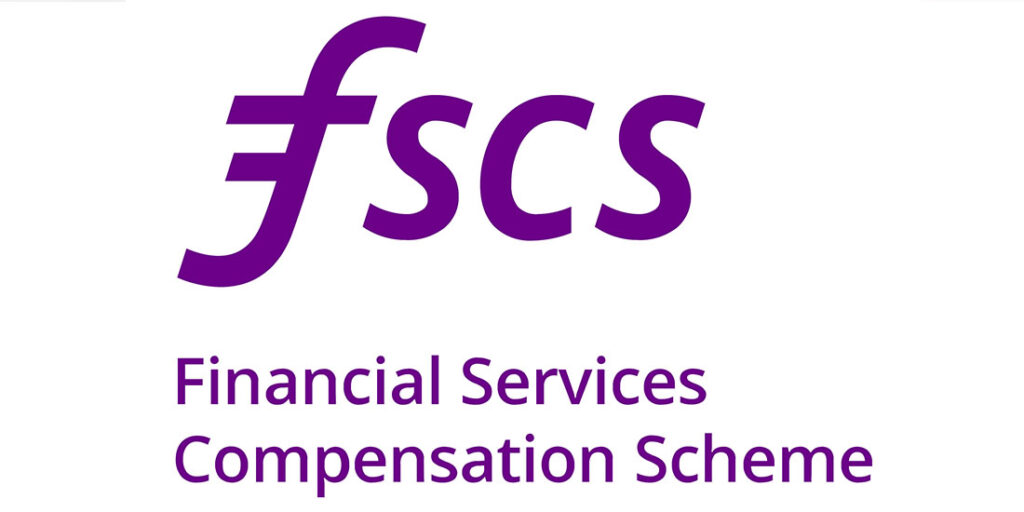
General Election 2017: What do the Parties Propose for the Property Market?
On Thursday 8 June, Britain will head to the polls to elect a government responsible for managing Britain’s withdrawal from the European Union (EU). With recent Kuflink research revealing that over a third (34%) of UK investors believe Brexit has impacted their investment plans more than any other political event in their lifetime, it is important that the next elected government provides clarity and direction to reassure the country’s investor community.
This week, the Conservatives, Labour and the Liberal Democrats released their respective election manifestos – mapping out their future vision for the country amidst a period of economic transition and change. Property featured prominently across all three party manifestos, each proposing different measures to ensure the future growth of the UK real estate market.
Building upon the policy initiatives first announced in the Housing White Paper earlier in the year, the Conservative Party pledged to deliver an additional one million homes by the end of 2020. This would be followed by the construction of an additional 500,000 residential properties by the close of 2022. With investor demand for properties currently outweighing the supply of housing stock, the Conservative Party plans to catalyse movement within the property market through the construction of new homes. This would be supported by additional measures to modernise the home-buying process and cracking down on malpractice within the letting market.

In a similar vein to the Conservatives, Labour has also committed to building over a million new homes. This will be complemented by the construction of 100,000 council and housing association homes each year. To ensure policy measures are in place to address the underlying issues affecting the housing market, Labour announced that it would also create a new Department for Housing; extend High Speed 2 to Scotland; and ensure Crossrail 2 is built.
Finally, the Liberal Democrats have pledged to contribute 300,000 new homes a year, introduce three-year tenancies and link rent increases to inflation. The Liberal Democrats have also proposed to abolish the Voluntary Right to Buy pilot scheme and to introduce new regulations on the advertising of UK residential real estate in international markets.
With Kuflink’s timely research finding that 30% of UK investors are turning to property in light of the snap General Election and Brexit, real estate investment remains a popular destination for investors in times of change. As such, the commitment of all parties to the construction of new properties and the advancement of infrastructure projects to support market demand is promising to see. For the government elected on 8 June, it is of utmost importance that targeted initiatives continue to sustain the dynamism of the UK’s globally-renowned property market.













